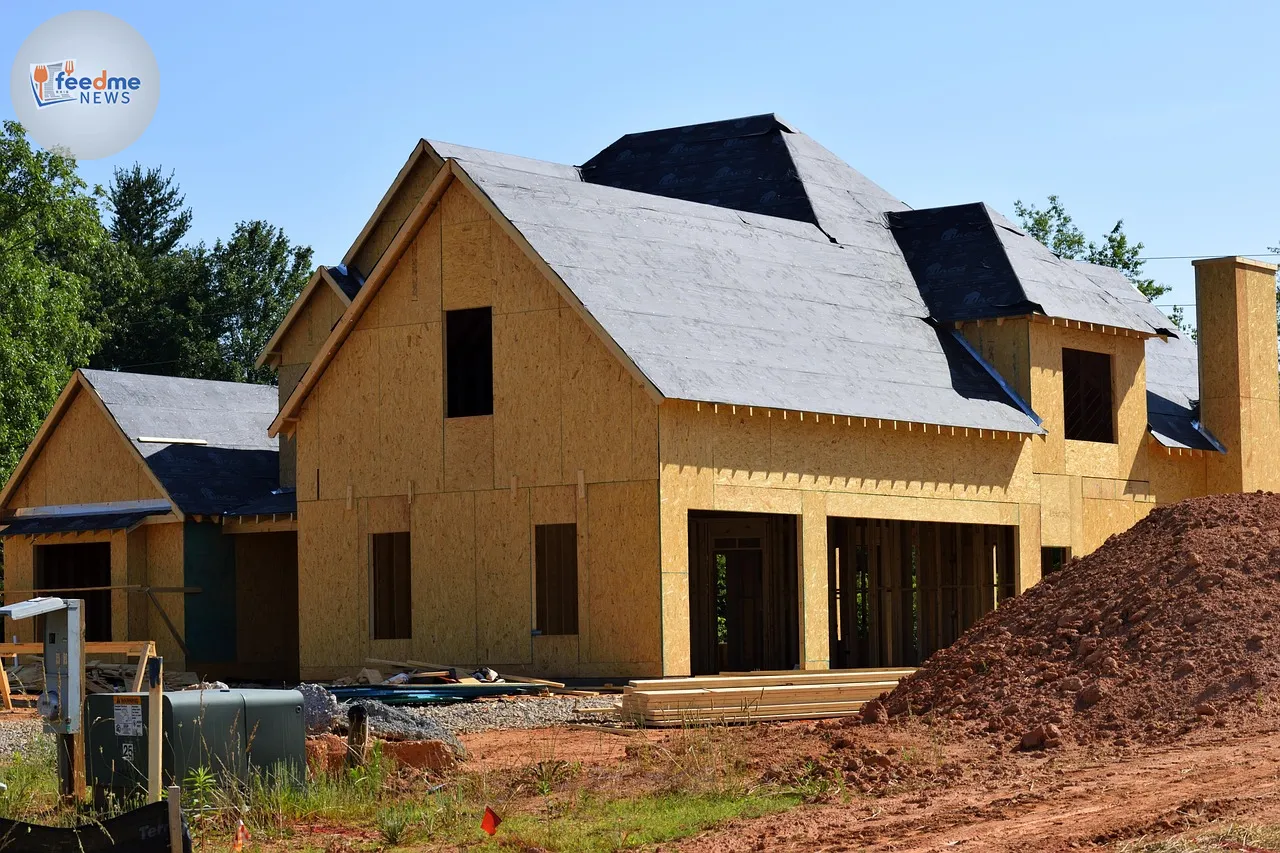Work has begun on a £8.2m scheme to build 35 affordable homes in Bridgend, marking a notable addition to local housing supply on a centrally located brownfield plot. The development will reuse the site of a former care home, bringing new life to an area that has stood underused and adding much-needed homes for local people. The start of construction signals practical progress on affordable housing in south Wales at a time of rising demand and tight supply. Local media reported the project on 9 October 2025, highlighting a move that aligns with national goals to expand high-quality, affordable homes while making better use of previously developed land.
In a county borough where demand for social and affordable rent homes remains high, the 35-unit scheme offers a modest but important step. The project value suggests a significant build, with potential to support local jobs during construction and to help households who face growing affordability pressures. The reuse of a former care facility also reduces pressure to build on greenfield sites, a key principle in Welsh planning policy.
Context and Timing
The scheme is in Bridgend, south Wales, on the site of a former care home. Local media coverage on Thursday, 9 October 2025, confirmed that construction work has started. The announcement comes as councils and housing partners across Wales push to increase delivery of affordable homes during the current Senedd term.

Why this site matters: turning a former care home into new housing
Bringing a former care home site back into use for housing supports Welsh planning aims to prioritise previously developed land. Sites like this often sit close to services, bus routes, and employment areas, making them suitable for new homes. By building on a brownfield plot, the project reduces the need to expand into open countryside, cuts infrastructure costs, and helps maintain the character of surrounding green spaces.
The location also creates a chance to design a small estate that fits its context. Reuse projects can integrate upgrades to access routes, lighting, and landscaping. They can also address any legacy issues from the previous use, such as outdated utilities or redundant buildings. If the developer phases work carefully and communicates early with neighbours, it can manage disruption and keep a clear schedule as groundworks, utility connections, and building frames go up.
How 35 affordable homes fit into Wales’s housing goals
The new homes sit within a wider policy push. The Welsh Government has set a target to deliver 20,000 low-carbon social homes for rent during the 2021–2026 Senedd term. While a 35-home scheme is one piece of a larger puzzle, each development adds capacity, reduces pressure on waiting lists, and offers options for families and older residents who need secure, long-term tenancies at affordable levels.
Housing costs and availability continue to strain households across Wales. Recent years have seen strong demand for social rent and other affordable tenures, driven by higher private rents, rising construction costs, and limited land supply. In this context, the Bridgend project provides tangible progress. It adds modern homes that should meet current building standards, improve energy performance compared with older stock, and reduce running costs for residents.
Funding, delivery, and what “affordable” means in practice
Schemes of this type in Wales often move forward through a partnership model. Housing associations and local authorities typically lead delivery, with support from the Welsh Government’s Social Housing Grant and borrowing. While details for this project were not released at the time of reporting, projects of similar scale usually combine public funding with developer contributions and long-term management by a registered social landlord or the council.
“Affordable housing” is a broad term. In Wales, it usually includes social rent (typically below market levels and linked to local incomes) and intermediate options (such as intermediate rent or shared ownership). The exact tenure mix affects who can access the homes and what rents apply. As the build advances, clearer information on tenure, eligibility, and allocations will help local households understand how to apply and when.
Design standards, safety, and energy performance
New homes in Wales must meet current building regulations, including standards for fire safety and energy efficiency. Wales requires sprinklers in new dwellings, a measure designed to improve safety for residents and firefighters. Publicly funded affordable homes also follow national development quality requirements that focus on space standards, accessibility, and modern layouts that suit a range of needs.
Energy performance now sits at the heart of housing policy. Better insulation, efficient heating systems, and renewable technologies can cut bills and lower emissions. While detailed specifications for the Bridgend scheme have not been published, developments entering construction today generally aim to reduce heat loss, improve ventilation, and use low-carbon systems where viable. These choices support national climate goals and help households manage costs over the long term.
Managing the build: traffic, noise, and engagement with neighbours
Construction brings disruption. Contractors usually agree hours of work, routes for site traffic, and safety measures to protect pedestrians and road users. On constrained urban plots, careful planning of deliveries, crane operations, and waste removal reduces congestion and nuisance. Good practice includes clear contacts for residents, advance notice of major works, and visible site signage so people know who to call with questions.
Local engagement matters beyond the build period. As homes complete, the landlord and council typically set out how they will manage the estate, allocate parking, and maintain shared spaces. Early clarity helps new and existing residents share expectations, reducing friction and building confidence that the scheme will enhance the area.
Economic and social impact for Bridgend
An £8.2m construction programme injects spending into the local and regional economy. Contractors hire trades, source materials, and use local services. Training and apprenticeships can add longer-term benefits, giving young people routes into skilled work. While not every project offers the same opportunities, partners often seek to secure community benefits through procurement and delivery.
The social return may be larger still. Secure, well-designed affordable homes support better health, education, and employment outcomes. Families can plan for the future when they have stable housing costs and good links to schools and transport. Older residents and people with mobility needs gain from accessible design and close access to services. Over time, these factors can reduce pressure on public services and strengthen community ties.
Wrap-Up
The start of work on 35 affordable homes in Bridgend marks a clear step toward easing local housing pressure and making good use of a valuable site. The £8.2m investment converts a former care home plot into energy-efficient homes that should meet current Welsh standards on safety, space, and quality. While the scheme will not solve wider shortages on its own, it adds capacity where demand remains high and aligns with Wales’s push for more social and affordable homes during this Senedd term.
As construction progresses, clear updates on tenure, eligibility, and handover dates will matter to families who want to plan moves. Strong engagement with neighbours can keep disruption in check and build support for the project. If delivery stays on track, the Bridgend scheme can offer a practical model for reusing brownfield land across Wales: focused, well-located, and designed to meet local needs now and in the years ahead.





